| POTROG | | Marjanca Lutman | 2011/01/01 | 2013/01/01 |  | Read more |
| 3D and 4D microscopy development of new powerful tools in geosciences | SRA - Slovenian Research Agency | Alenka Mauko Pranjić | 2016/01/01 | 2018/12/31 |  | Read more |
| TIGR4smart | MIZŠ SPS RRI | Friderik Knez | 2016/09/01 | 2019/02/28 | 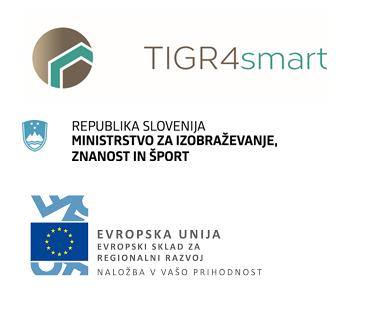 | Read more |
| MARTINA - Materiali in tehnologije za nove aplikacije | MIZŠ SPS RRI | Tadeja Kosec | 2016/08/01 | 2019/07/31 | 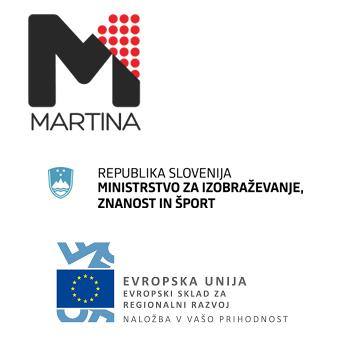 | Read more |
| EVA4green | MIZŠ SPS RRI | Tadeja Kosec | 2016/09/01 | 2019/02/28 | 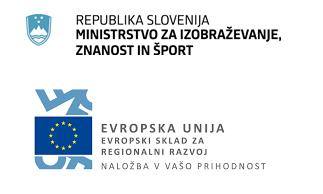 | Read more |
| NMP - Advanced materials and products from cellulose fibres and paper | MIZŠ SPS RRI | Vilma Ducman | 2016/09/01 | 2020/08/31 | 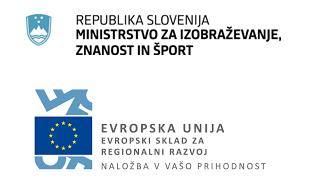 | Read more |
| In situ imobilizacija onesnaženih zemljin z uporabo naprednih nanotehnologij in njihova predelava v urbana tla | | Ana Mladenović | 2016/10/01 | 2018/09/30 | 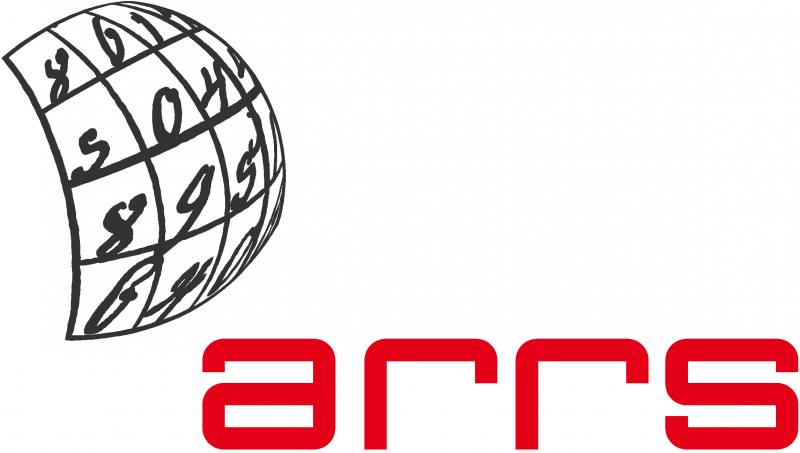 | Read more |
| Požarno varno umeščanje gorljivih materialov v stavbe z jekleno okvirno nosilno konstrukcijo: Razvoj modelov in verifikacija z eksperimenti | | Jerneja Češarek Kolšek | 2016/03/01 | 2018/02/28 | 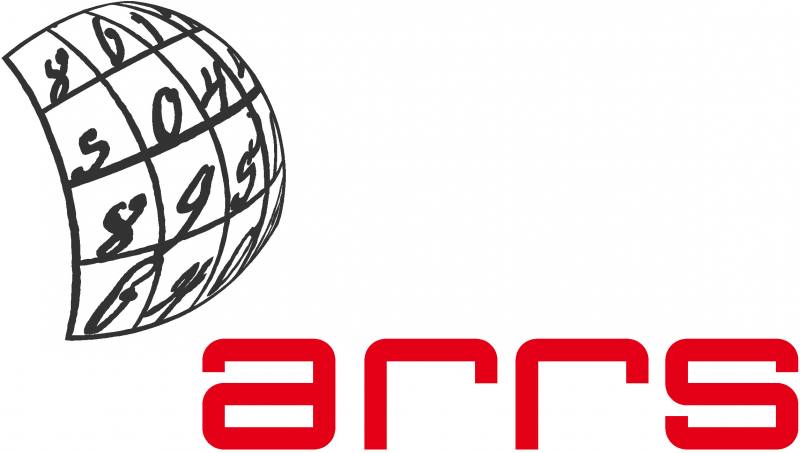 | Read more |
| Vpliv neravnosti vozne površine na natančnost tehtanja vozil med vožnjo na mostovih | | Maja Kreslin | 2016/01/01 | 2017/12/31 | 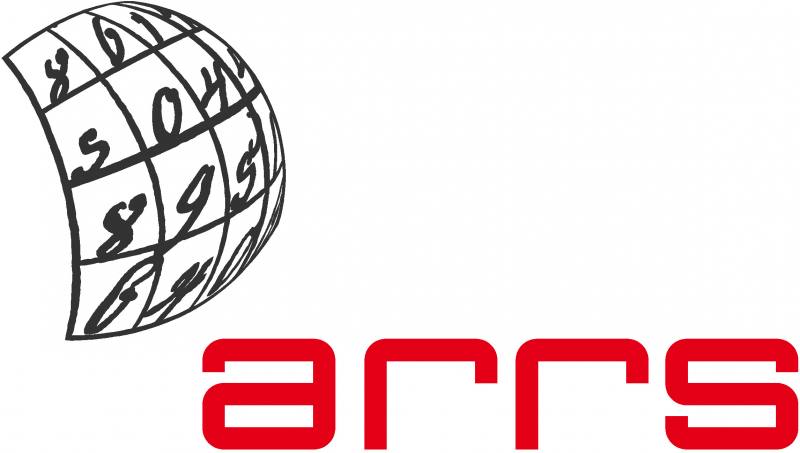 | Read more |
| In-situ remediacija onesnažene zemljine na področju stare Cinkarne | | Ana Mladenović | 2014/07/01 | 2017/06/30 | 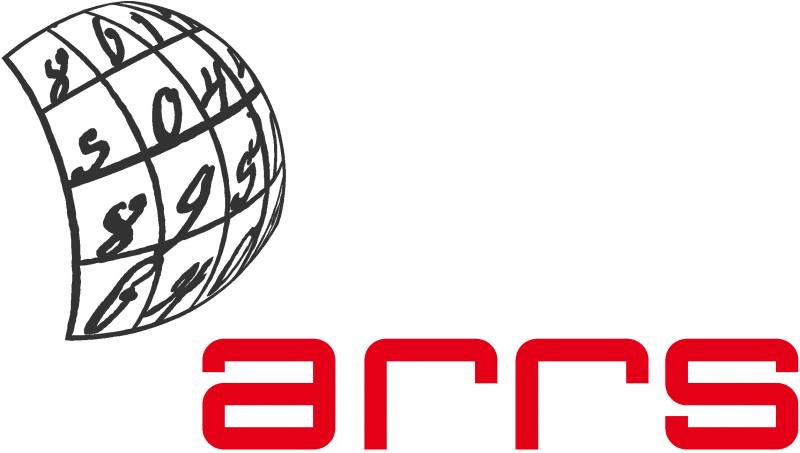 | Read more |
| Obnašanje večetažnih strižnih sten z odprtinami pri potresni obtežbi | | Miha Tomaževič | 2014/07/01 | 2017/06/30 | 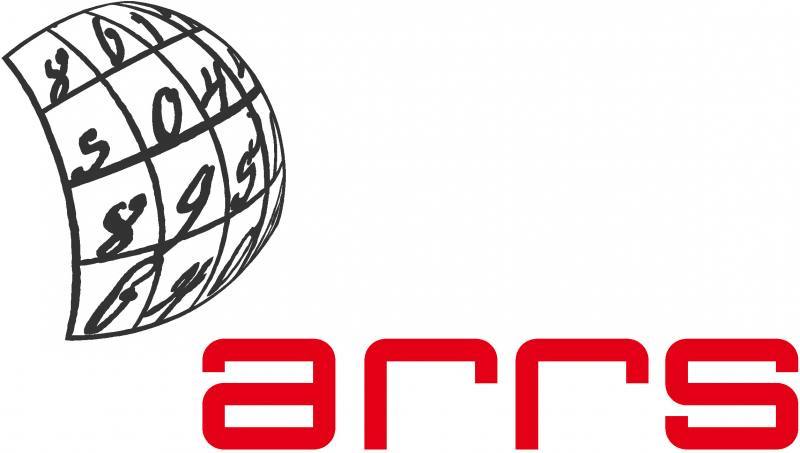 | Read more |
| Tribokorozijski procesi-od teorije k praksi | | Tadeja Kosec | 2014/01/01 | 2017/06/30 | 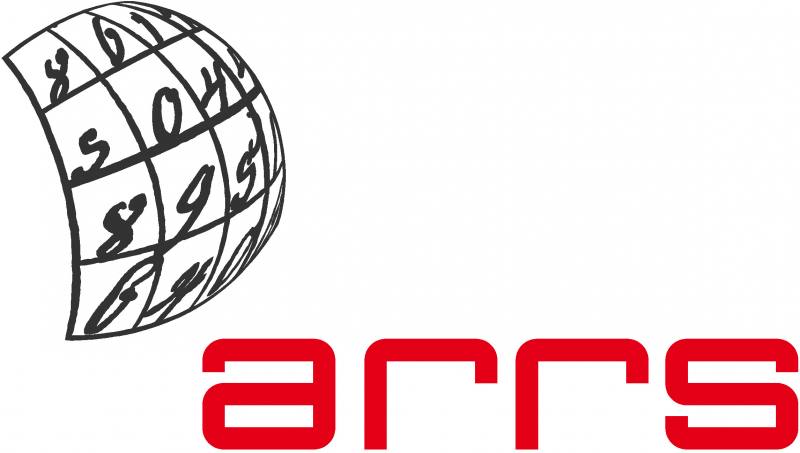 | Read more |
| Razvoj novih kamnitih površin, odpornih na biokorozijo in nastanek madežev | | Alenka Mauko Pranjić | 2013/01/01 | 2016/07/31 | 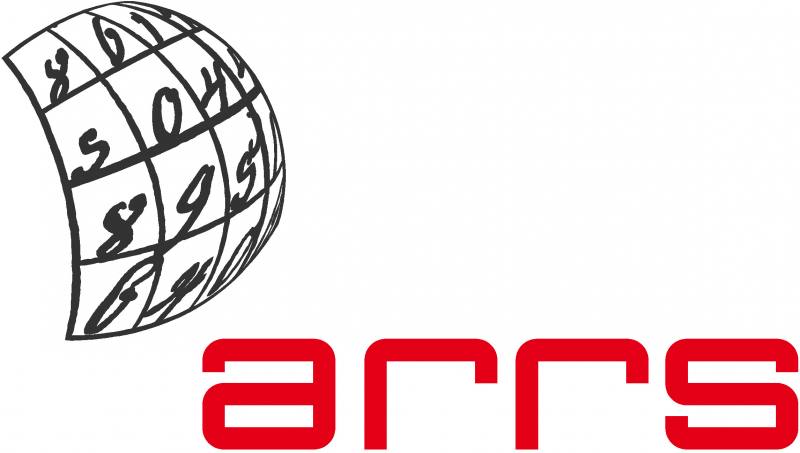 | Read more |
| Z2-6748 Mehanizmi utrjevanja pepelov po postopku geopolimerizacije | | Vilma Ducman | 2014/07/01 | 2016/06/30 | 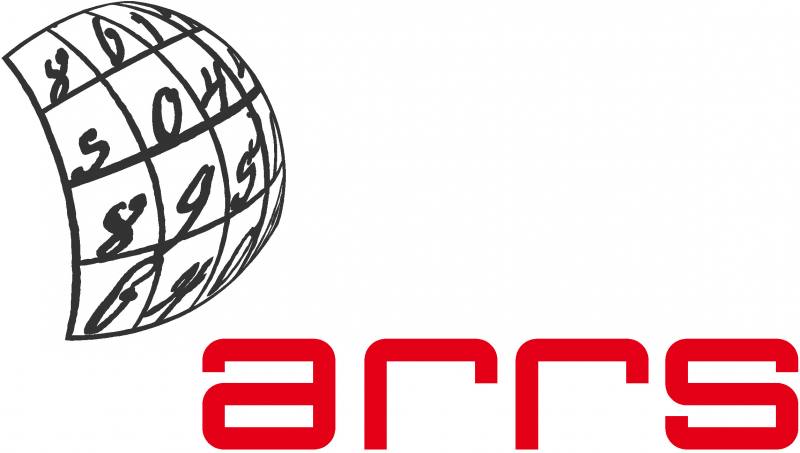 | Read more |
| Sedimenti v vodnih okoljih: geokemična in mineraloška karakterizacija, remediacija ter njihova uporabnost kot sekundarna surovina | | Ana Mladenović | 2011/07/01 | 2014/06/30 | 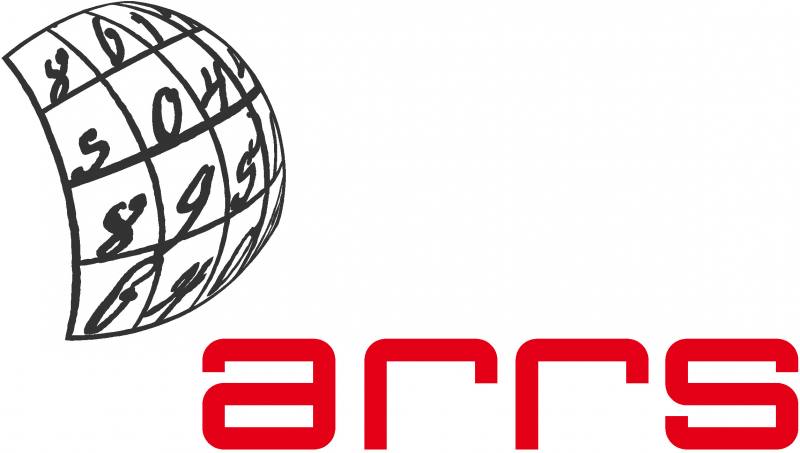 | Read more |
| Optimizacija dimenzioniranja gramozne grede in ostalih nosilnih plasti pod njo, z in brez geomreže | | Stanislav Lenart | 2009/05/01 | 2012/04/30 | 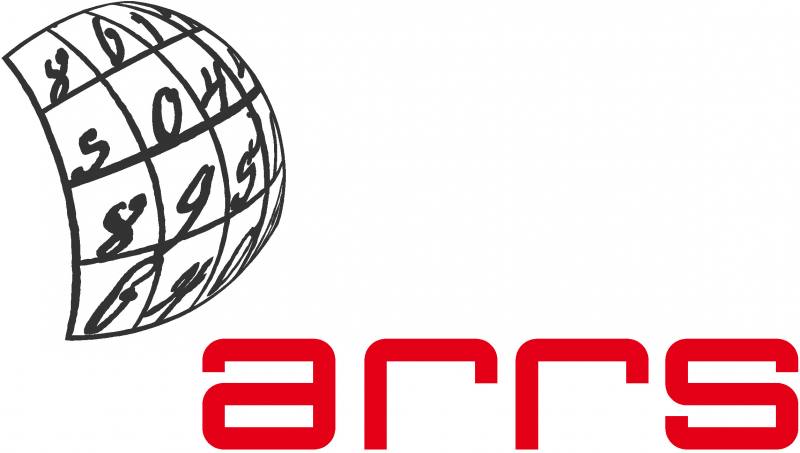 | Read more |
| Potresna odpornost modernih zidanih konstrukcij | | Matija Gams | 2010/05/01 | 2012/04/30 | 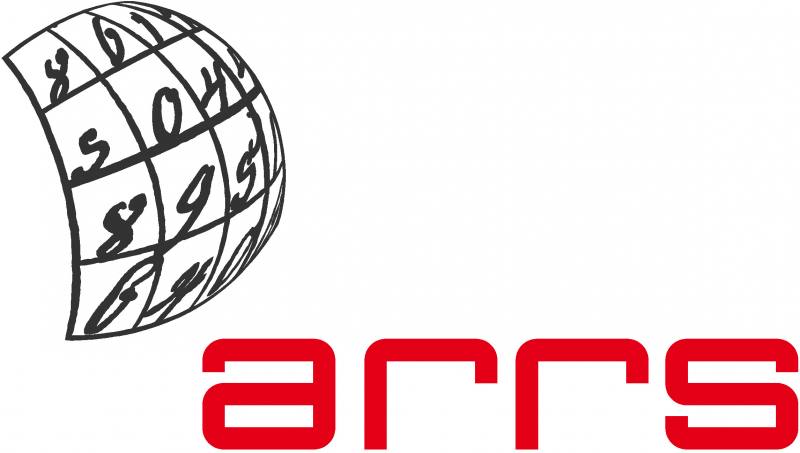 | Read more |
| Karakterizacija tribokorozijskih procesov | | Tadeja Kosec | 2009/05/01 | 2011/04/30 | 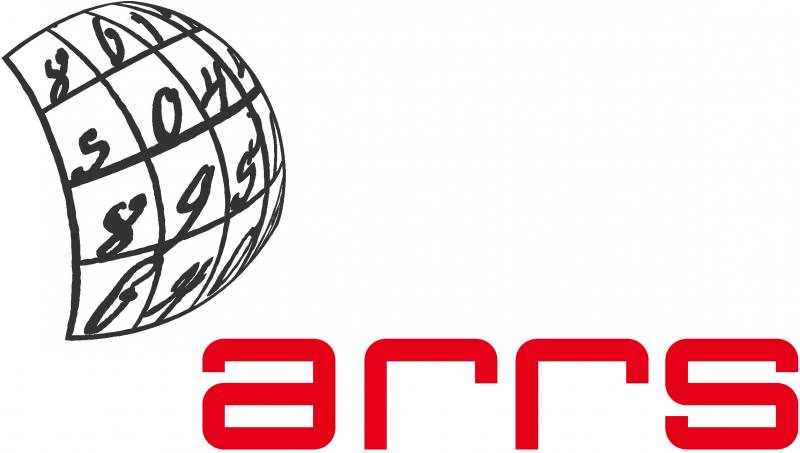 | Read more |
| Zmanjšanje ranljivosti zgodovinskih zidanih stavb z utrjevanjem s CFRP trakovi in potresno izolacijo | | Miha Tomaževič | 2008/02/01 | 2011/01/30 | 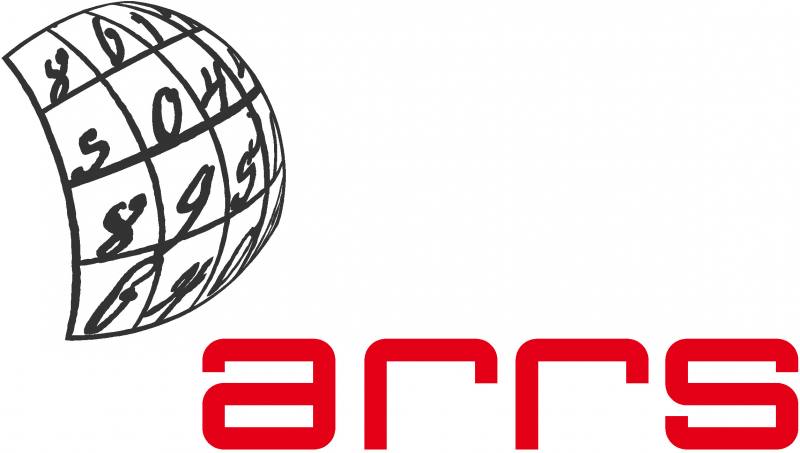 | Read more |
| Priprava in Karakterizacija hibridnih, nanostrukturiranih premazov za korozijsko zaščito kovinskih površin | | Vilma Ducman | 2007/08/01 | 2009/12/31 | 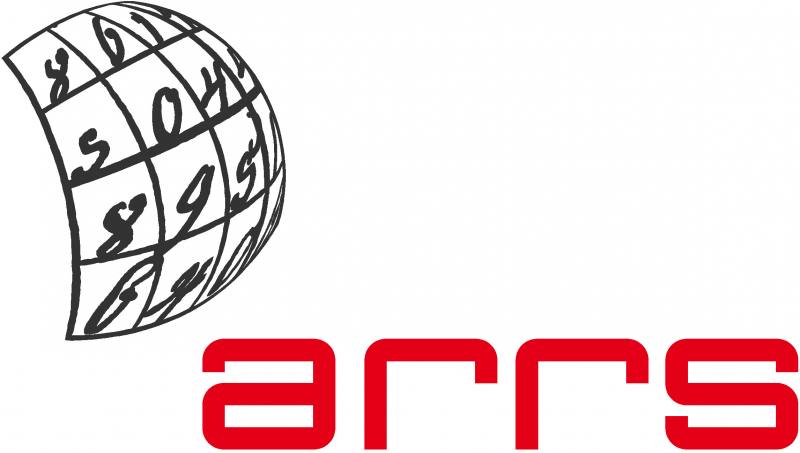 | Read more |
| Zmanjšanje ranljivosti zgodovinskih zidanih stavb z utrjevanjem s CFRP trakovi in potresno izolacijo | | Miha Tomaževič | 2008/02/01 | 2011/01/30 | 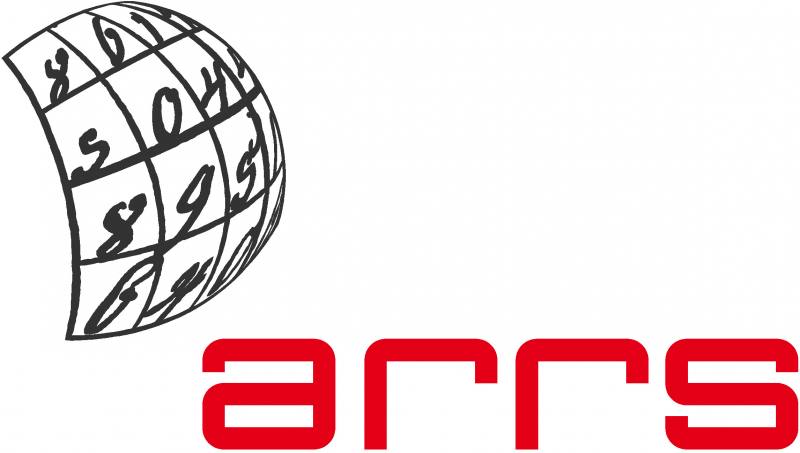 | Read more |
| Priprava in Karakterizacija hibridnih, nanostrukturiranih premazov za korozijsko zaščito kovinskih površin | | Andrijana Sever Škapin | 2007/08/01 | 2009/12/31 | 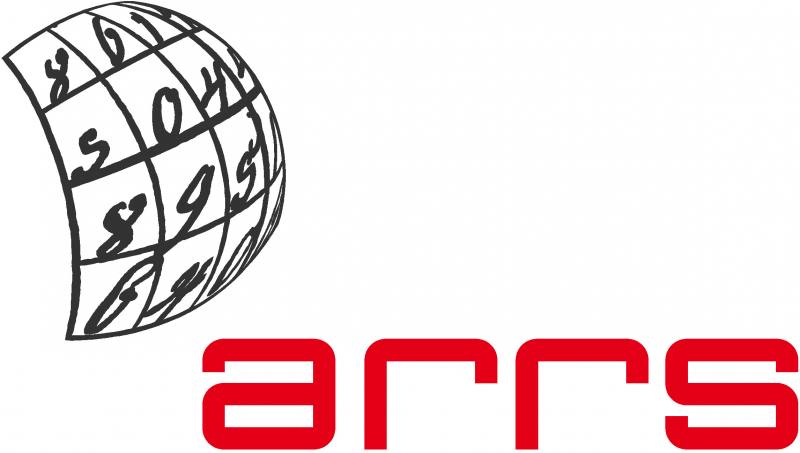 | Read more |
| Pomen lastnosti naravnih in obstojnosti umetnih pregrad za odlagališče NSRAO in IJG | | Borut Petkovšek | 2006/10/01 | 2008/09/30 | 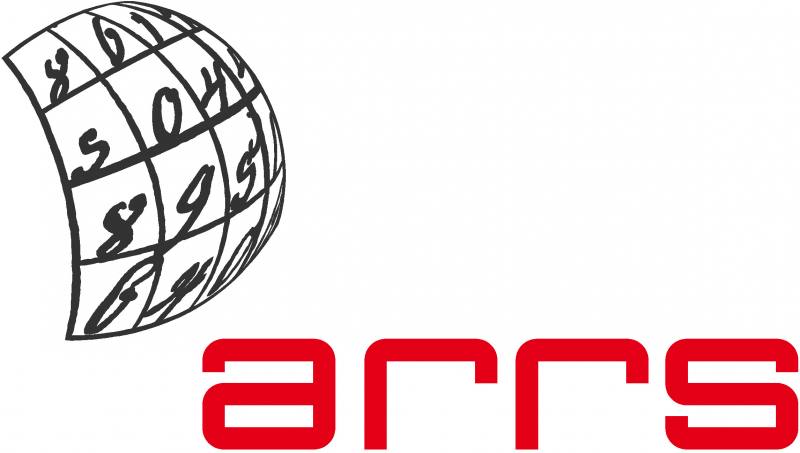 | Read more |
| Karakterizacija kovinskih materialov pri pogojih špranjske korozije | | Andraž Legat | 2005/09/01 | 2007/08/31 | 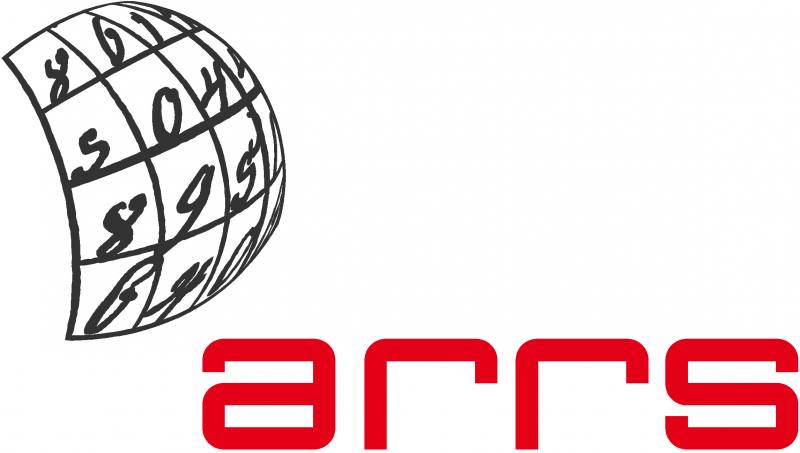 | Read more |
| Vpliv robustnosti zidakov in načina zidanja na obnašanje zidov pri potresni obtežbi | | Miha Tomaževič | 2004/02/01 | 2007/01/30 | 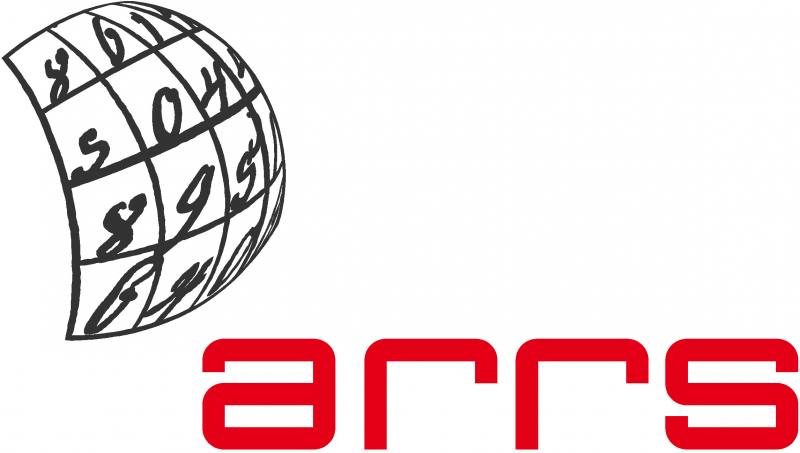 | Read more |
| Raziskave in razvoj materialov historičnih objektov | | Andrijana Sever Škapin | 2004/07/01 | 2006/06/30 | 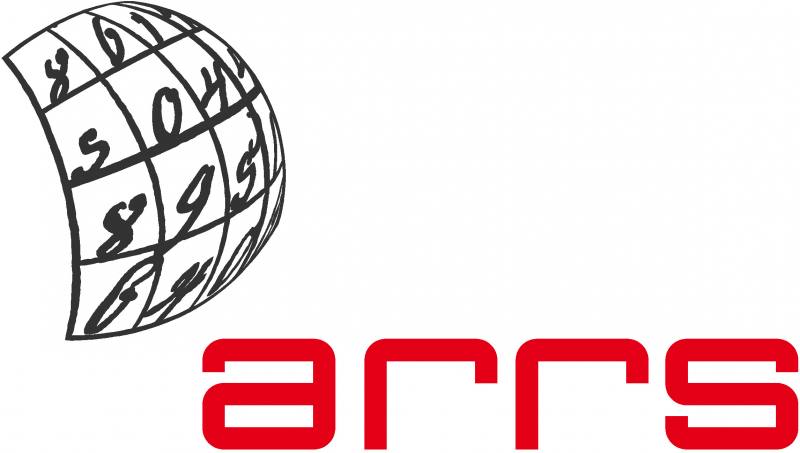 | Read more |
| Vzdrževanje in zaščita javnih spomenikov iz brona za obdobje 2008 do 2009 | MOL | Mirjam Bajt Leban | 2008/01/01 | 2010/01/01 |  | Read more |
| Zgodovina gradnje v Ljubljani - Pregled gradbenih lastnosti ter potresne odpornosti in ranljivosti objektov za obdobje 2008 do 2010 | MOL | Miha Tomaževič | 2008/01/01 | 2010/01/01 |  | Read more |
| Razširitev enciklopedije naravne in kulturne dediščine na Slovenskem | | Mateja Golež | 2009/07/01 | 2010/10/18 |  | Read more |
| TIGR - Trajnostno in inovativno gradbeništvo | MVZT | Friderik Knez | 2011/01/01 | 2013/12/31 |  | Read more |
| VODPREG - Zemeljske in betonske vodne pregrade strateškega pomena v RS | | Mojca Ravnikar Turk | 2011/10/07 | 2012/12/31 |  | Read more |
| POTROG - Potresna ogroženost v Sloveniji za potrebe Civilne zaščite | MORS | Marjanca Lutman | 2011/09/01 | 2013/06/30 |  | Read more |
| Ocena potresne ogroženosti Mestne občine Ljubljana | | Marjanca Lutman | 2011/11/10 | 2012/11/21 |  | Read more |
| Izvedba raziskovalnih nalog na temo "Požari" - sklop 6 - požarni gradbeni proizvodi in materiali po realnem požaru | | Manca Ahačič | 2012/08/02 | 2013/04/29 |  | Read more |
| POTROG 3 | MORS | Marjanca Lutman | 2017/01/01 | 2018/01/01 |  | Read more |
| Z1-8149 - Colorimetric determination of relative humidity based on mesoporous SiO2 particles | | Erika Švara Fabjan | 2017/05/01 | 2019/04/30 | 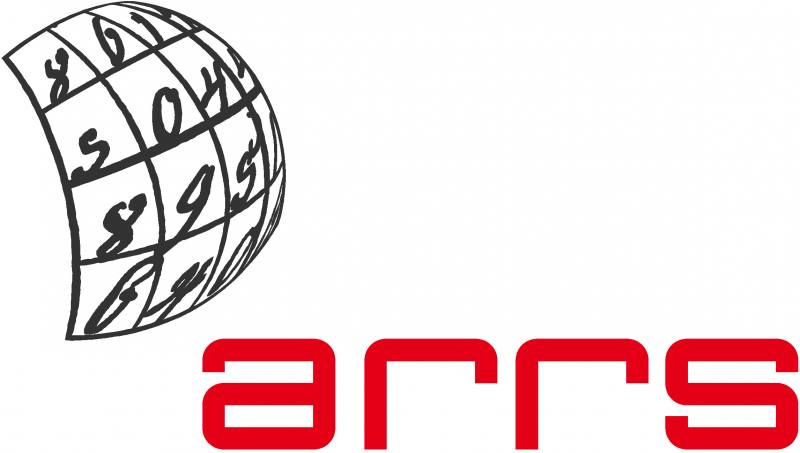 | Read more |
| J2-8170 - Nonlinear dynamics of spatial frames with completed kinematic compatibility for demanding applications in industry | | Matija Gams | 2017/05/01 | 2020/04/30 | 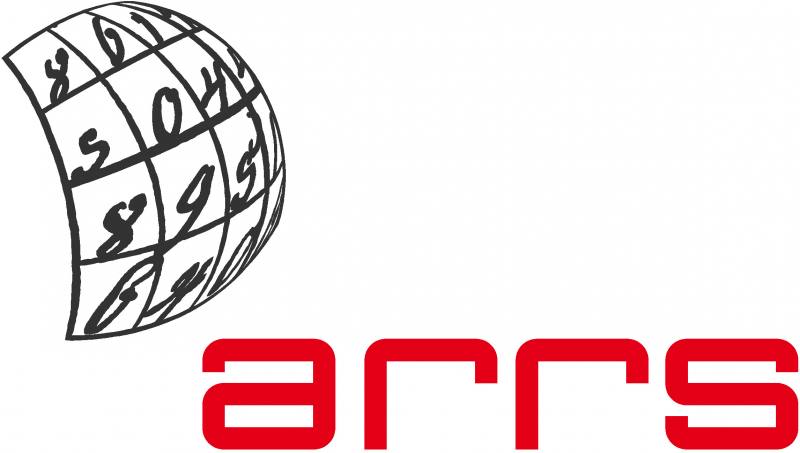 | Read more |
| KO-CATALYATERS FOR OBTAINING ENERGY PRODUCTS FROM SUNLIGHT | | Nejc Rozman | 2017/06/01 | 2020/07/31 | 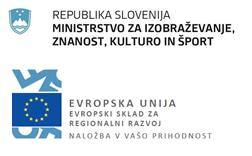 | Read more |
| FOAMING PROCESS IN ALKAL ACTIVATED MATRIX AND OPTIMIZATION OF CHARACTERISTICS
SUCH ACQUIRED PEN | | Barbara Horvat | 2017/06/01 | 2020/07/31 | 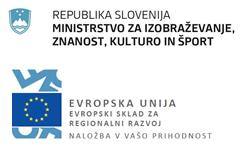 | Read more |
| Contents of potentially toxic elements in microplastic particles in soil from selected Slovenian urban gardens in agricultural land and effective remediation | | Petra Vrhovnik | 2017/06/01 | 2020/05/30 | 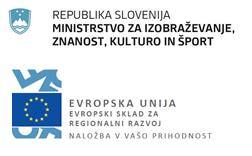 | Read more |
| BELIT-SULFOALUMINATE CLINKER FROM SECONDARY RAW MATERIALS FOR SUSTAINABLE MANUFACTURE OF LOW CARBON AND LOW ENERGY CEMENTS | | Lea Žibret | 2017/06/01 | 2020/07/31 | 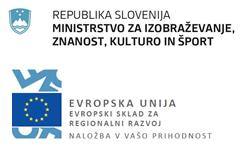 | Read more |
| OPTIMIZATION OF CLEANING OF LEACHING WATER FROM LANDFILLS AND PREPARATION OF BUILDING COMPOSITES FROM CONCENTRATE OF LEACHING WATER AND INDUSTRIAL WASTES | | Andreea Oarga Mulec | 2017/06/01 | 2020/07/31 |  | Read more |
| L2-5571 Novi materiali za tiskane senzorje in indikatorje ter njihova integracija v pametne tiskovine | ARRS | Andrijana Sever Škapin | 2013/08/01 | 2016/07/31 |  | Read more |
| L2-6769 Nanostrukture in njihovi kompoziti za zaznavanje nevarnih molekul v plinskem stanju | ARRS | Andrijana Sever Škapin | 2014/07/01 | 2017/06/30 |  | Read more |
| L2-4304 Modifikacija površine TiO2 nanodelcev: preprečevanje aglomeracije in ohranitev intrinsične funkcionalnosti | ARRS | Andrijana Sever Škapin | 2011/07/01 | 2014/06/30 |  | Read more |
| L6-4217 Raziskave novih metodologij za konserviranje / restavriranje baročnih slik na platnu | ARRS | Andrijana Sever Škapin | 2011/07/01 | 2014/06/30 |  | Read more |
| L2-2373 Funkcionalizacija površine organskih pigmentov za trajne, učinkovite in barvno obstojne premaze | ARRS | Andrijana Sever Škapin | 2009/05/01 | 2012/04/30 |  | Read more |
| L2-2204 Superhidrofilnost površin in njihova uporaba v tehnoloških postopkih za industrijsko proizvodnjo | ARRS | Andrijana Sever Škapin | 2009/05/01 | 2012/04/30 |  | Read more |
| L2-1129 Razvoj fotokatalitskih prevlek in plinskih fotoreaktorjev za določanje učinkovitosti prevlek pri čiščenju zraka in samočiščenju | ARRS | Andrijana Sever Škapin | 2008/02/01 | 2011/01/30 |  | Read more |
| M1-0110 Analiza, modeliranje in optimizacija skladišča eksplozivnih sredstev | ARRS | Andrijana Sever Škapin | 2006/06/01 | 2008/05/31 |  | Read more |
| M2-0106 Samočistilni fotokatalitski premazi in prevleke | ARRS | Andrijana Sever Škapin | 2006/06/01 | 2008/05/31 |  | Read more |
| L4-7547 Obnašanje lesa in lignoceluloznih kompozitov v zunanjih pogojih | ARRS | Andrijana Sever Škapin | 2016/03/01 | 2019/02/28 | 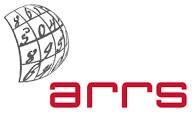 | Read more |
| Phenomenological modelling of steel corrosion in concretes for service life prediction | SRA - Slovenian Research Agency | Andraž Legat | 2017/06/01 | 2019/05/31 |  | Read more |
| NC-0002 SOLAR ENERGY HARVESTING via PHOTOCATALYTIC WATER SPLITTING AND/OR CO2 REDUCTION BY CO-CATALYSTS | SRA - Slovenian Research Agency | Andrijana Sever Škapin | 2018/05/01 | 2020/04/30 |  | Read more |
| J2-9197 Synthesis and characterization of alkali activated foams based on different waste | SRA - Slovenian Research Agency | Vilma Ducman | 2018/07/01 | 2021/06/30 |  | Read more |
| Mineralization of wood by soluble carbonate based compounds for improved essential properties Z4-9298 | https://www.arrs.si/sl/ | Andreja Pondelak | 2018/07/01 | 2020/06/30 |  | Read more |
| WOOLF - Wood and wood products over lifetime | MIZŠ SPS RRI | Friderik Knez | 2018/12/01 | 2021/11/30 | 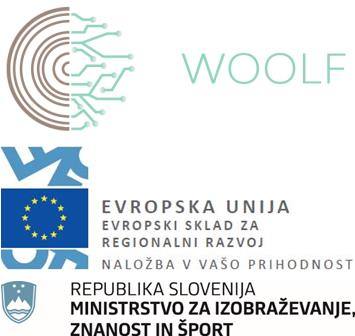 | Read more |
| Recycling of waste titanogypsun in cement composites | Slovenian Research Agency | Vesna Zalar Serjun | 2019/07/01 | 2021/06/30 | 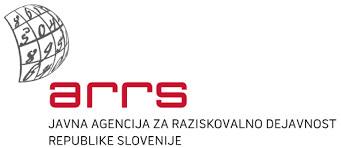 | Read more |
| Influence of geotechnical fills from recycled materials on groundwater | Slovenian Research Agency | Janez Turk | 2018/07/01 | 2021/06/30 |  | Read more |
| Potresno obnašanje stavb zgrajenih iz zidakov LiaSTAR | Lafarge, ARRS | Matija Gams | 2016/01/01 | 2016/12/31 | 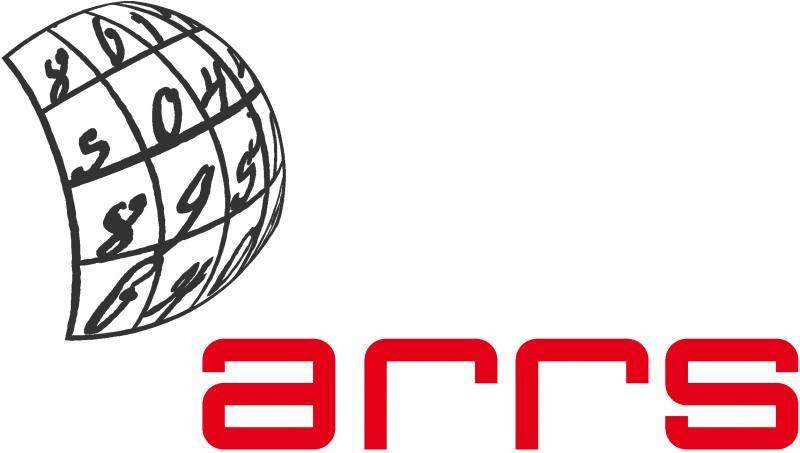 | Read more |
| Seismic response of masonry structures built from Porotherm W.i plan units | Wienerberger AG, ARRS | | 2017/01/01 | 2017/12/31 | 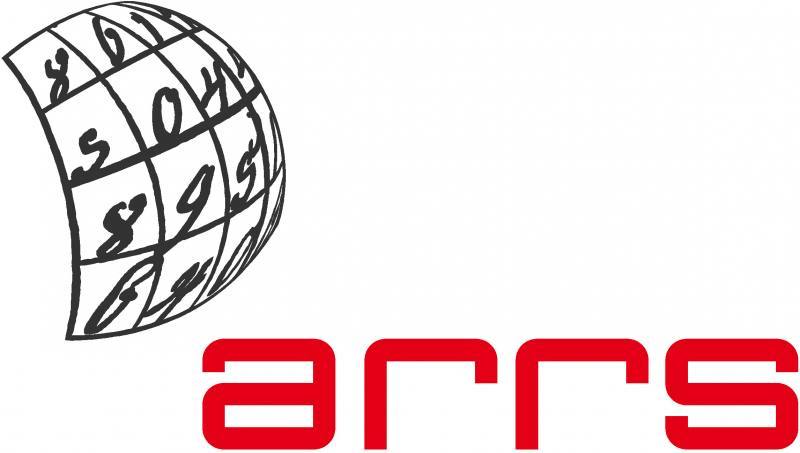 | Read more |
| Seismic response of masonry walls by experimental testing | Arbeitsgemeinschaft Mauerziegel, ARRS | Marjanca Lutman | 2017/01/01 | 2019/12/31 | 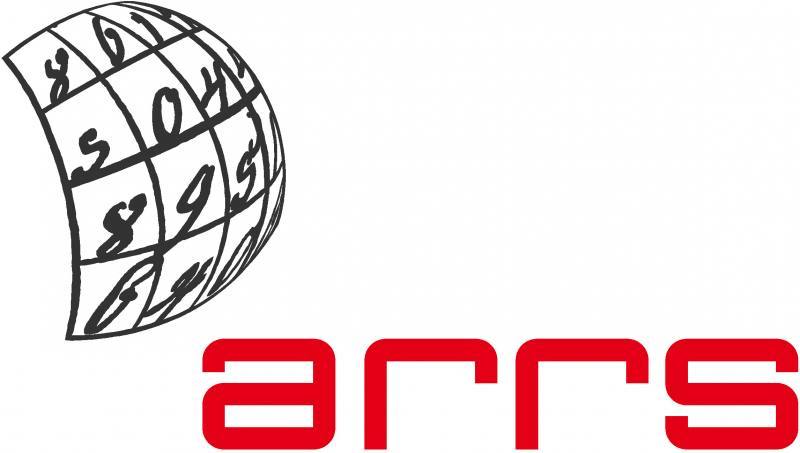 | Read more |
| Development of recycled 3D printing powders for the formation of porous mesostructured insulation materials, Z2-1861 | Slovenian research Agency | Lidija Korat Bensa | 2019/07/01 | 2021/06/30 | 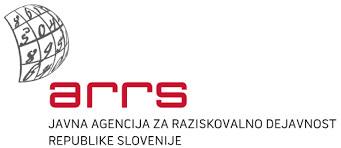 | Read more |
| Optimization of the electrocoagulation process for the purpose of remediation of heavily contaminated industrial and municipal wastewater, Z1 – 1889 | Slovenian research Agency and Deltaplan d.o.o. | Primož Oprčkal | 2019/07/01 | 2021/06/30 | 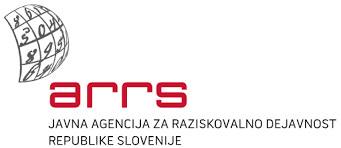 | Read more |
| Implementation of additive technologies in prosthodontics L2-1831 | Slovenian research Agency and co-financers | Tadeja Kosec | 2019/07/01 | 2022/06/30 | 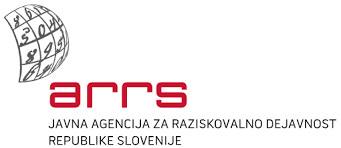 | Read more |
| TIMBER COMPOSITE GIRDERS MADE OF RESIDUAL WASTE MATERIALS OBTAINED IN PREFABRICATION OF TIMBER HOUSES | European Regional Development Fund and the Republic of Slovenia, Ministry of Education, Science and Sport through EU Cohesion Policy 2014-2020 | Meta Kržan | 2019/04/01 | 2022/03/31 | 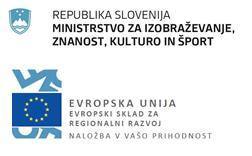 | Read more |
| SCIENTIFIC AND ARTISTIC POTENTIALS OF THE DEVELOPMENT OF NEW TOURIST PRODUCTS OF THE SITARJEVEC MINE | European Regional Development Fund and the Republic of Slovenia, Ministry of Education, Science and Sport through EU Cohesion Policy 2014-2020 | Darja Rant | 2019/04/01 | 2022/03/31 | 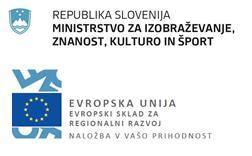 | Read more |
| L7-2629 EVALUATION AND REMEDIATION OF SEDIMENTS FOR FURTHER USE IN BUILDING SECTOR
READY4USE | Slovenian Research Agency - SRA, Dravske elektrarne Maribor d.o.o. | Vilma Ducman | 2020/09/01 | 2023/08/31 |  | Read more |
| J1-2482 Effect of environmentally relevant nano- and micro-plastics on terrestrial invertebrates | Slovenian Research Agency - SRA | Andrijana Sever Škapin | 2020/09/01 | 2023/08/31 | 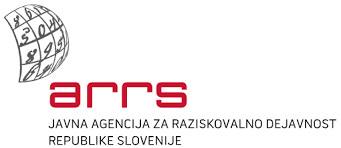 | Read more |
| Z2-2641 Crevice corrosion mechanisms on the steel-concrete interface | Slovenian Research Agency - SRA | Miha Hren | 2020/09/01 | 2022/08/31 | 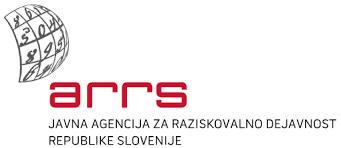 | Read more |
| J1-2477 Erozijski procesi na obalnih flišnih klifih z oceno tveganja | Slovenian Research Agency - SRA | Karmen Fifer Bizjak | 2020/09/01 | 2023/08/31 | 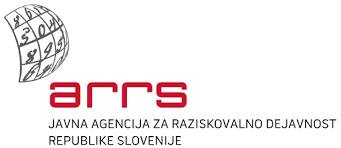 | Read more |
| V2-1740, Development of innovative railway threshold | ARRS | Stanislav Lenart | 2018/04/01 | 2021/03/31 | 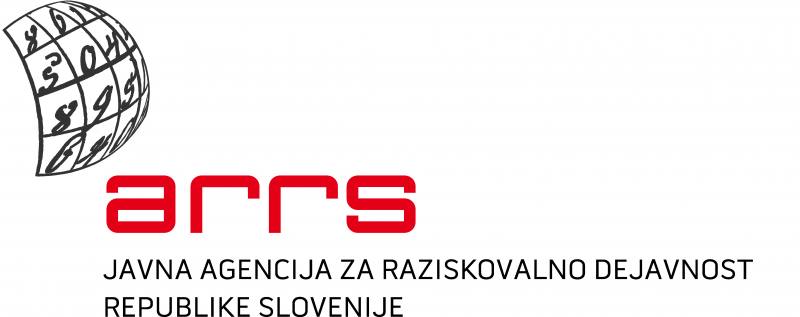 | Read more |
| J7-9404, Bronze monuments protection in a changing environment | ARRS | Tadeja Kosec | 2018/07/01 | 2021/06/30 | 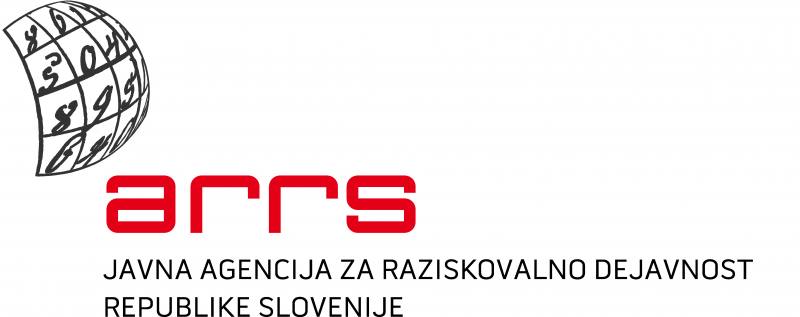 | Read more |
| J2-9224, Multiparametric dynamic modeling of stratified strongly inhomogeneous elastic structures | ARRS | Uroš Bohinc | 2018/07/01 | 2021/06/30 | 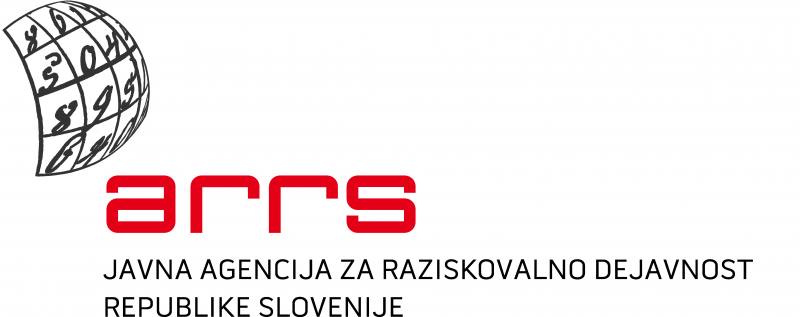 | Read more |
| J2-9211, Improving the properties of metallic materials by the subcooling process | ARRS | Tadeja Kosec | 2018/07/01 | 2021/06/30 | 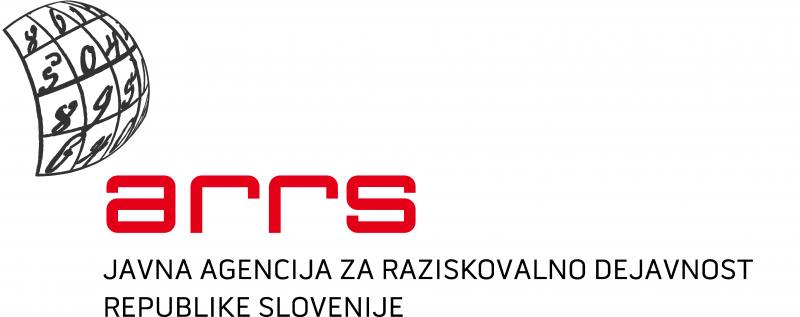 | Read more |
| J1-9179 Non-traditional isotopes as identifiers of autigenic carbonates | ARRS | Vilma Ducman | 2018/07/01 | 2021/06/30 | 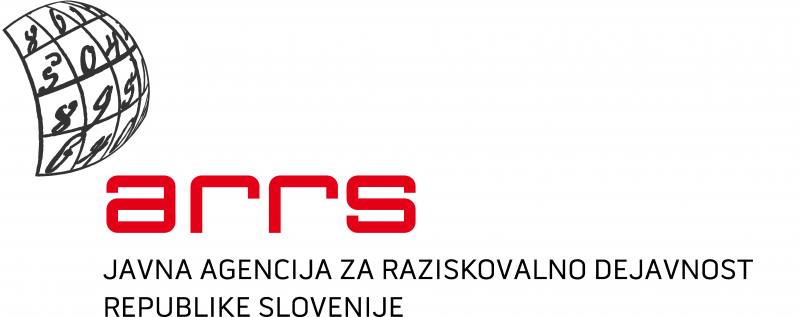 | Read more |
| J2-9196, Massive concrete - optimizing technology using advanced testing methods | ARRS | Ana Mladenović | 2018/07/01 | 2021/06/30 | 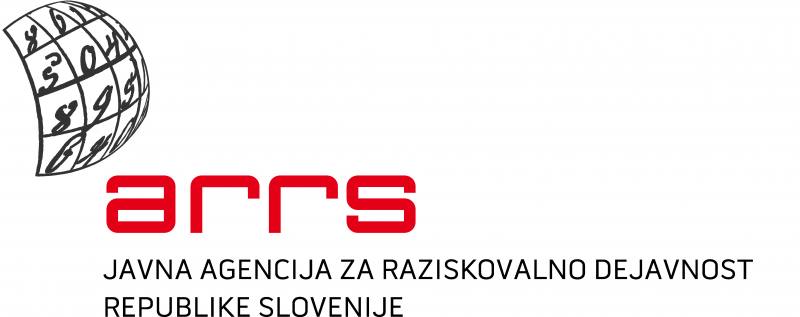 | Read more |
| J2-2490 – Podatkovno podprto modeliranje obnašanja gradbenih konstrukcij | Slovenian Research Agency - SRA | Uroš Bohinc | 2020/11/01 | 2023/10/31 | 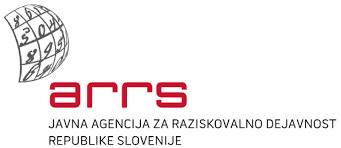 | Read more |
| J2-3035 Synthesis of alkali activated materials with microwave heating | Slovenian Research Agency | Barbara Horvat | 2021/10/01 | 2024/09/30 | 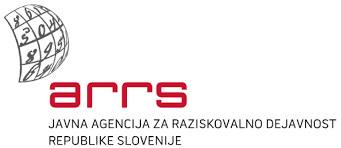 | Read more |
| Z2-3199 The immobilisation and leaching of toxic trace elements in alkali-activated materials prepared from locally available waste and by-products | Slovenian Research Agency | Majda Pavlin | 2021/10/01 | 2023/09/30 | 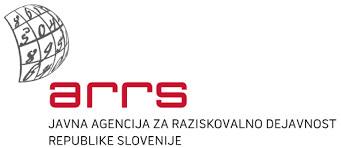 | Read more |
| N2-0188 CO2 transformation to valuable chemicals by catalytic and photocatalytic ways over highly active materials | Slovenian Research Agency SRA | Andrijana Sever Škapin | 2021/03/01 | 2024/02/29 | 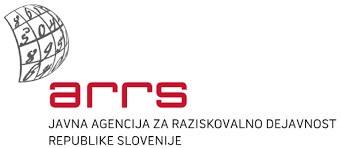 | Read more |
| NC-0017 Photocatalytic heterostructured nanomaterials for solar energy harvesting | Slovenian Research Agency SRA | Andrijana Sever Škapin | 2021/02/01 | 2023/07/31 | 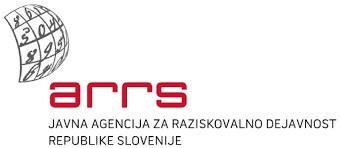 | Read more |
| Forest‐wood value chain and climate change: transition to circular bioeconomy | Slovenian Research Agency | Andrijana Sever Škapin | 2022/01/01 | 2027/12/31 | 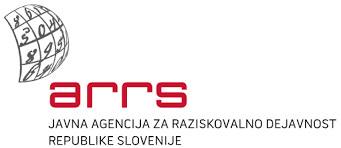 | Read more |
| J1-3029 Holistic sustainability evaluation of critical raw materials – closing gaps and developing new methodological approaches | Slovenian Research Agency | Alenka Mauko Pranjić | 2021/10/01 | 2024/09/30 | 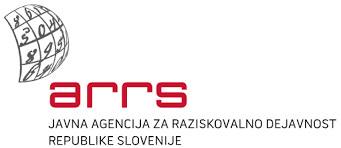 | Read more |
| L2-3172 Development of technical guidelines for quadruple glazing | Slovenian Research Agency | Sabina Jordan | 2021/10/01 | 2024/09/30 | 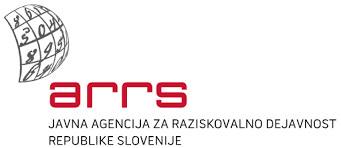 | Read more |
| J1-3026 Applicability of the cold sintering process to clay minerals | Slovenian Research Agency | Vilma Ducman | 2021/10/01 | 2024/09/30 | 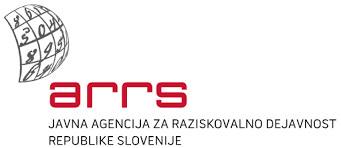 | Read more |
| L7-3185 Investigation of interconnected processes for sustainable management of sewage sludge for the purpose of its material recovery and recycling | Slovenian Research Agency | Primož Oprčkal | 2021/10/01 | 2024/09/30 | 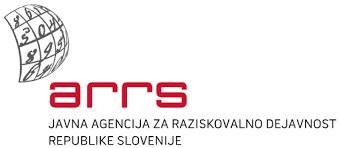 | Read more |
| TiO2 materials for the simultaneous reduction of CO2 and oxidation of organic substances into compounds with added value | | Andrijana Sever Škapin | 2022/10/01 | 2025/09/30 | 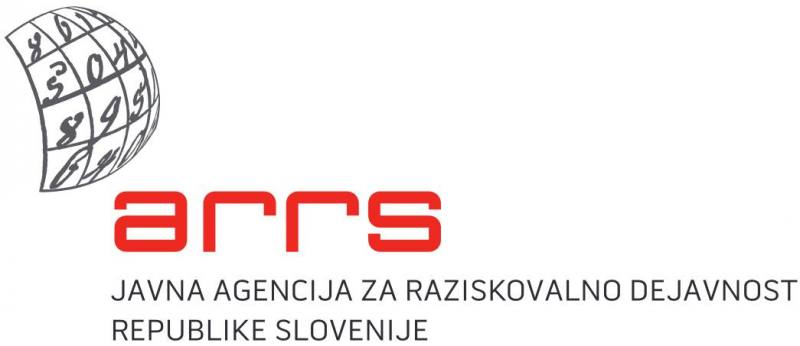 | Read more |
| J1-4413-Study of hydraulic properties of ashes from various thermal processes and improvement of their reactivity for use as an immobilization additive | | Vesna Zalar Serjun | 2022/10/01 | 2025/09/30 | 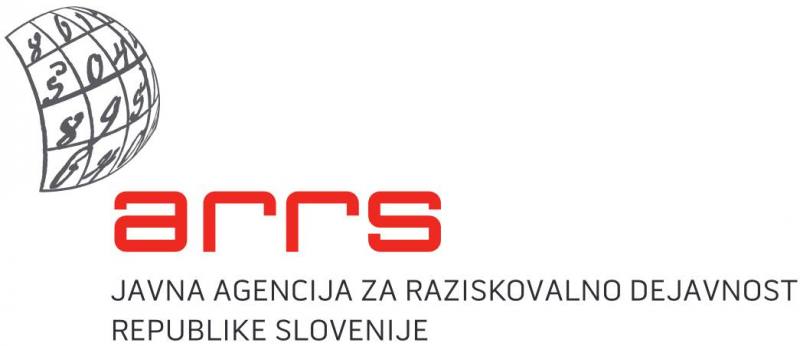 | Read more |
| J2-4424 An integrated approach to the conservation of cultural heritage murals | | Andreja Pondelak | 2022/10/01 | 2025/09/30 | 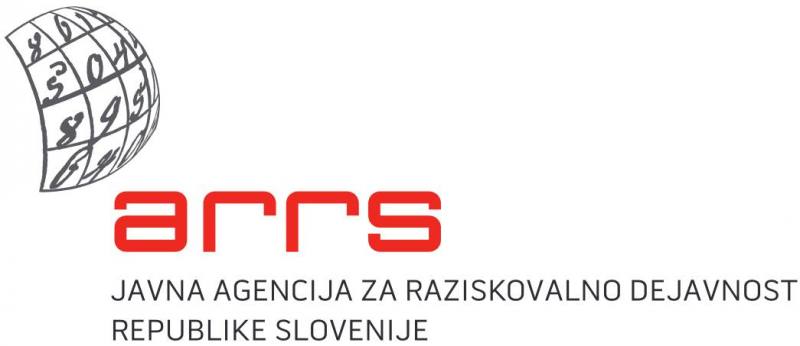 | Read more |
| J4-4546 Protein adhesives for high-performance interior wooden structures | | Andreja Pondelak | 2022/10/01 | 2025/09/30 | 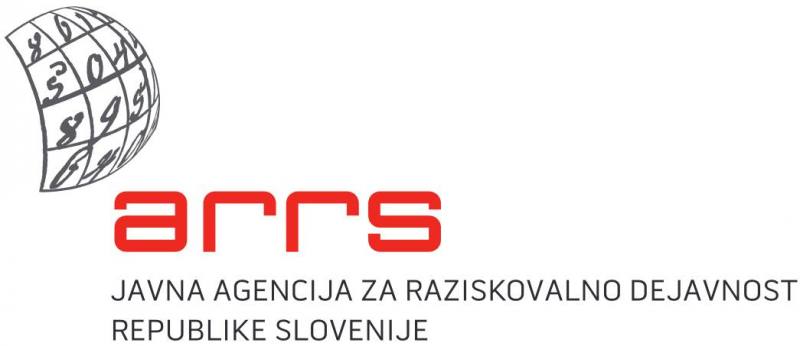 | Read more |
| V2-2257 Strategic bases for reducing the seismic hazard of justice buildings in Slovenia | | Meta Kržan | 2022/10/01 | 2025/09/30 | 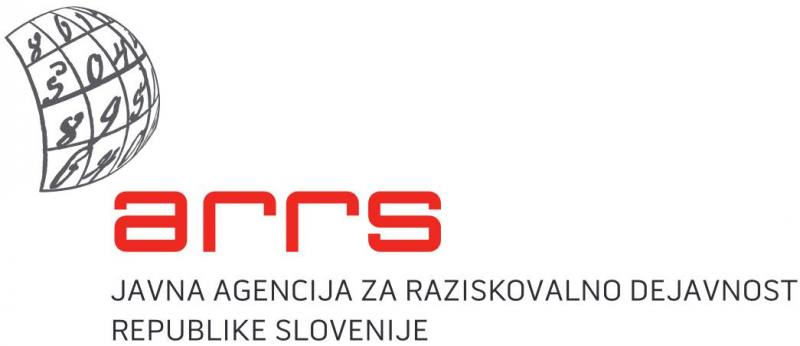 | Read more |
| V3-2234 Assessment of the risk to human health according to the properties of the domestic water supply system HVO | | Mirjam Bajt Leban | 2022/10/01 | 2025/09/30 | 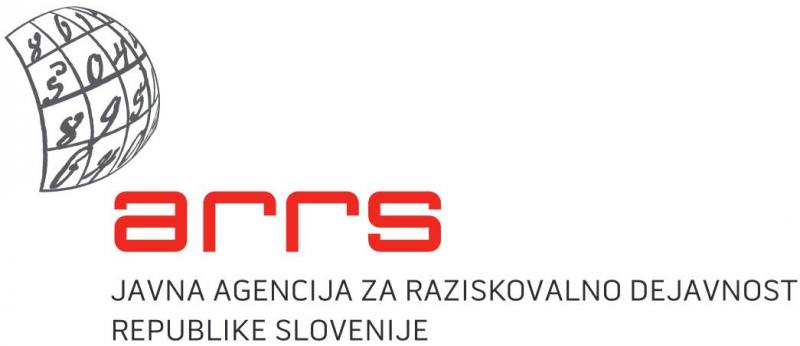 | Read more |
| V4-2270 Faster transition to a climate-neutral society by exploiting the potential of wood in the context of green public procurement | | Katja Malovrh Rebec | 2022/10/01 | 2025/09/30 | 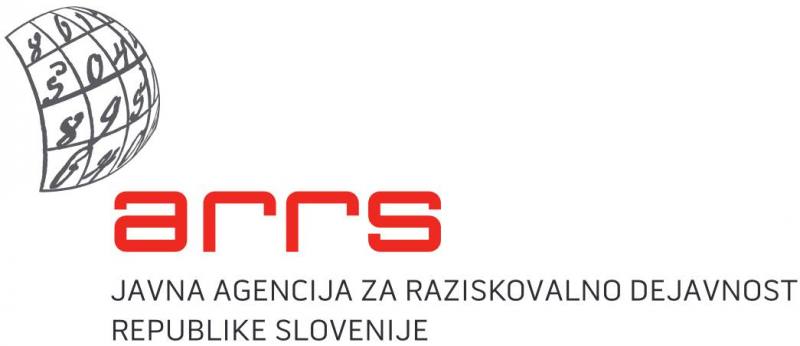 | Read more |
| N2-0258 Study of thermal properties and lifetime impact reduction of alternative hybrid eco-nanomaterials in a low pressure environment | | Sabina Jordan | 2022/03/01 | 2025/02/28 | 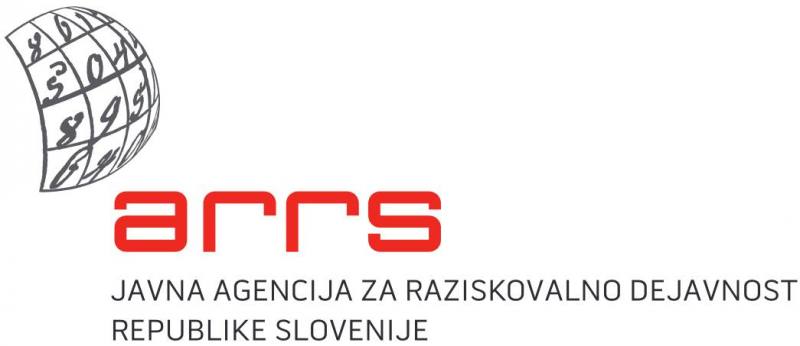 | Read more |
| ROAD3P - Extending Horizons Ambitiously and Dynamically through Project Office Support | Projekt sofinancirata Republika Slovenija, Ministrstvo za visoko šolstvo, znanost in inovacije ter Evropska unija – NextGeneration EU prek nacionalnega Načrta za okrevanje in odpornost | Petra Horvat | 2023/04/19 | 2023/06/30 |  | Read more |
| Spoznaj - Support for the Implementation of Open Science Principles in Slovenia | Projekt sofinancirata Ministrstvo za visoko šolstvo, znanost in inovacije ter Evropska unija – NextGeneration EU prek nacionalnega Načrta za okrevanje in odpornost | Lucija Nared | 2023/01/01 | 2026/06/30 |  | Read more |
| V3-2323 - Preparation of the basis for a methodology proposal for assessing the risk to human health due to the release of volatile and semi-volatile organic compounds from construction and finishing materials and equipment into the indoor air of premises | Javna agencija za raziskovalno dejavnost Republike Slovenije | Peter Nadrah | 2023/10/01 | 2024/09/30 | 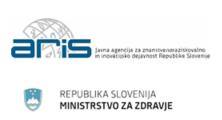 | Read more |
| V2-2350 - Ensuring the quality of sustainable timber construction | 40.000€ 20.000 € ARIS, 20.000 € MGTŠ | Tomaž Pazlar | 2023/10/01 | 2024/09/30 | 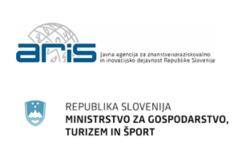 | Read more |
| L2-50045 - Two-filament 3D Printing with Concrete and Earth | 2294 hours of cost category B annually and 100 020 € from co-financer ROCKWOOL | Lucija Hanžič | 2023/10/01 | 2026/09/30 |  | Read more |
| L2-50046 - ASSESSING AND IMPROVING THE FIRE PERFORMANCE OF BUILDING ENVELOPE SYSTEMS – WITH A FOCUS ON ETICS SYSTEMS | ARIS, 1815 hours of cost category D annually and 100 020 € from co-financer ROCKWOOL | Grunde Jomaas | 2023/10/01 | 2026/09/30 |  | Read more |
| J7-50096 - Improving B-WIM performance with big data and Artificial Intelligence BrAId | ARIS | Aleš Žnidarič | 2023/10/01 | 2026/09/30 |  | Read more |
| J4-50132 WoDeFi
Innovative thermo-hydro-mechanically densified wood products with improved physical, mechanical and fire performance | Slovenian Research and Innovation Agency | Ulises Rojas Alva | 2023/10/01 | 2026/09/30 |  | Read more |
| J2-50063 - Sustainable long-term use of timber structures - fire and post-fire deterministic and probabilistic solutions | ARIS | Urška Blumauer | 2023/10/01 | 2026/09/30 |  | Read more |
| J1-50032 - Geological and lithogeochemical characterization of Slovenian dolomites including Mg extraction tests | ARIS, 2017 hours of C cost catergory annually | Lea Žibret | 2023/10/01 | 2026/09/30 | 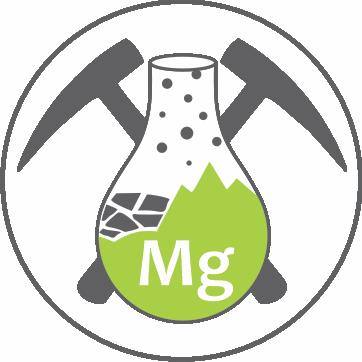 | Read more |
| J7-50231 - GROWTH
Growth potential and wood properties of selected tree species of various provenances: modification options, prospects and challenges in response to climate change | Slovenian Research and Innovation Agency | Andrijana Sever Škapin | 2024/07/01 | 2027/06/30 |  | Read more |











































































































